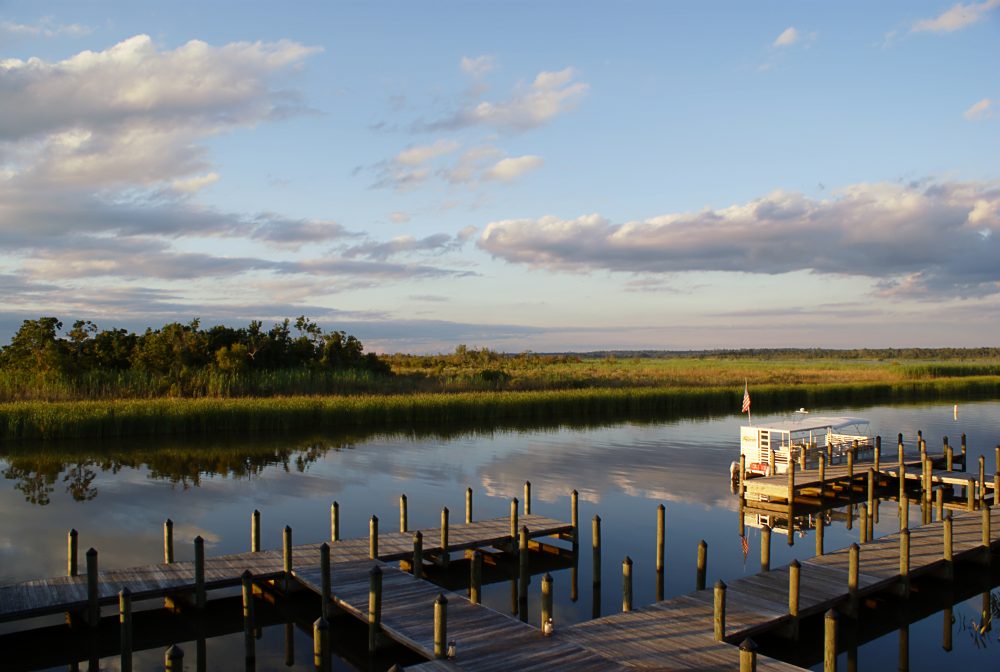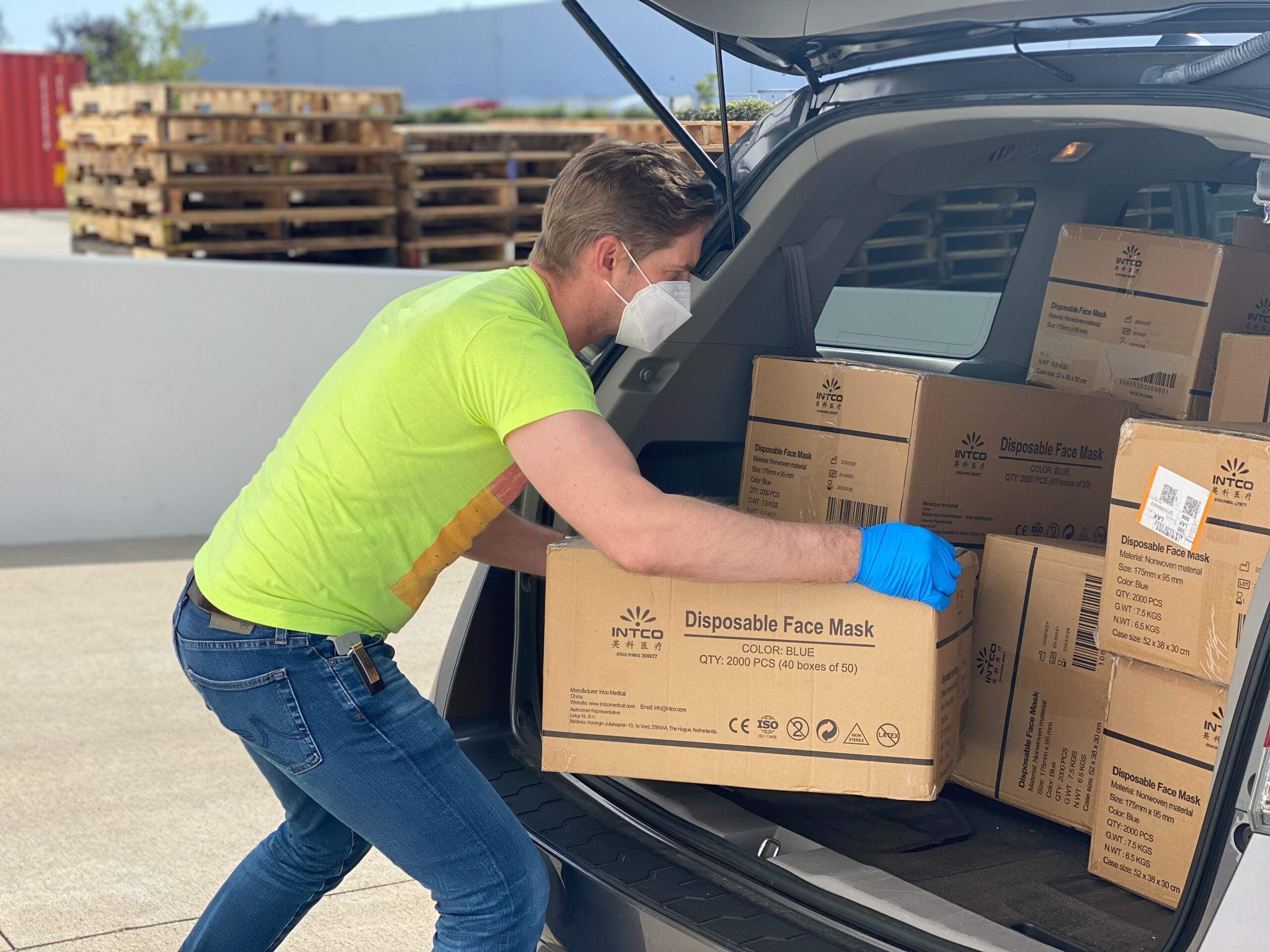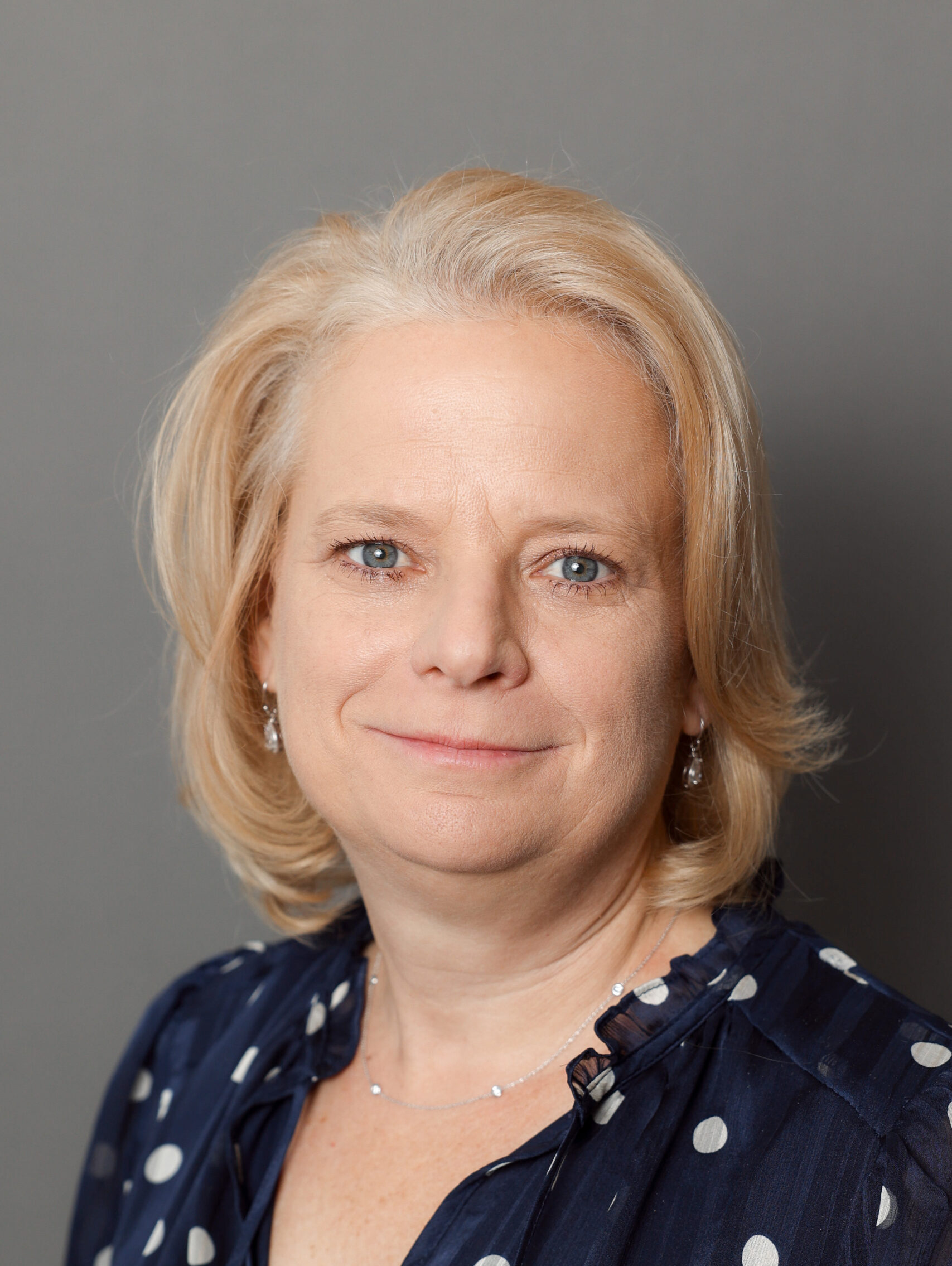Unprecedented times call for unprecedented actions
This post was originally published on Forbes Nonprofit Council. In his 2007 Nobel Peace Prize acceptance speech, Al Gore warned, “The catastrophe now threatening us is unprecedented — and we often confuse the unprecedented with the improbable.” It’s hard to deny the prescience of these words. The National Oceanic and Atmospheric Administration released a report detailing […]
This post was originally published on Forbes Nonprofit Council.
In his 2007 Nobel Peace Prize acceptance speech, Al Gore warned, “The catastrophe now threatening us is unprecedented — and we often confuse the unprecedented with the improbable.”
It’s hard to deny the prescience of these words. The National Oceanic and Atmospheric Administration released a report detailing that the U.S. is on pace for another record-breaking year of billion-dollar disasters, with the average time between them only 18 days. During the summer, United Nations Secretary-General António Guterres reacted to the Intergovernmental Panel on Climate Change (IPCC) report by calling it a “code red for humanity.”
Our news cycle is full of hurricanes, wildfires, floods, droughts, heatwaves, cold snaps and other disasters. These climate-induced hazards are intensifying in scale and expanding in their geographic scope. All the while, the world remains in the throes of a pandemic, a crisis which itself is increasing communities’ vulnerabilities through expanding economic, social and health risks and inequities, especially for racialized and marginalized populations. The needs seem (and are) overwhelming, and the onslaught of disasters risks creating donor fatigue, desensitization and empathy overload.
And yet, we can lessen our exposure to climate risks. We can help to prevent and mitigate disasters. A disaster happens when a hazard meets a vulnerability. For example, a disaster occurs when a hurricane meets a seaside community, destroying houses and displacing families. If the community can be prepared, they may be able to minimize the impact of the hurricane when it hits shore.
We can reduce hazards through environmental justice and climate programming. We can mitigate the effects of disasters by looking beyond response and focusing on a community’s recovery needs. And we can decrease vulnerabilities by addressing the root causes of inequitable systems. Together these items provide a call to action — a call that, if heeded, may reduce the likelihood of disasters and thus the harm they create.
In my organization’s annual report on Measuring the State of Disaster Philanthropy, we sought to capture how philanthropy responds to disasters, positioning its giving against governments and multilaterals. Year after year, we found that, despite growing needs, support to disasters hovers around 3% of overall philanthropic giving and remains heavily focused on response versus mitigation, preparedness or recovery.
Add to this the latest from the ClimateWorks Foundation that less than 2% of global philanthropic giving goes to curb climate change, and the Washington Post’s report that less than 1% (paywall) of corporate pledges to racial justice resulted in grants, and we, as a society, remain far from answering the above call.
There are echoes of potential to be heard. For example, research from my organization and Candid tracked an incredible surge in philanthropic generosity during the pandemic. And while only time will tell if the commitment to giving will remain, giving in 2020 demonstrated the art of the possible. Additionally, 805 foundations pledged to improve their giving by loosening budgetary restrictions, decreasing donor requirements and better listening to their community partners.
What more can leaders do?
Begin with listening, and end with trust.
This has been said so many times that it shouldn’t need repeating: The best way to help communities is to listen to and trust them. Giving during the pandemic underlined the importance of more thoughtful, trust-based philanthropy in disaster settings. Decision-making power — on what and how to fund — must be devolved as close as possible to communities.
Get rid of your silos — in funding and mindset.
Communities don’t live in sectoral silos, and neither should their funders. Anyone serious in their mission to advance society should look at the whole community, including its history. Disasters are an Achilles’ heel to even the most successful development and social justice programs. Disasters are personal and take a toll on everyone they touch. Thus, the solutions should be multifaceted and will require flexibility and openness — before, during and after a disaster.
Go it together.
No one government, foundation or individual holds the solution to today’s challenges. Interconnectivity in our efforts is needed. Prioritize collaboration and partnerships.
We all have a role to play in decreasing vulnerabilities and mitigating hazards in our communities. Acknowledging this makes a thriving future more probable for us all.
More like this

A Defining Issue of Our Time


